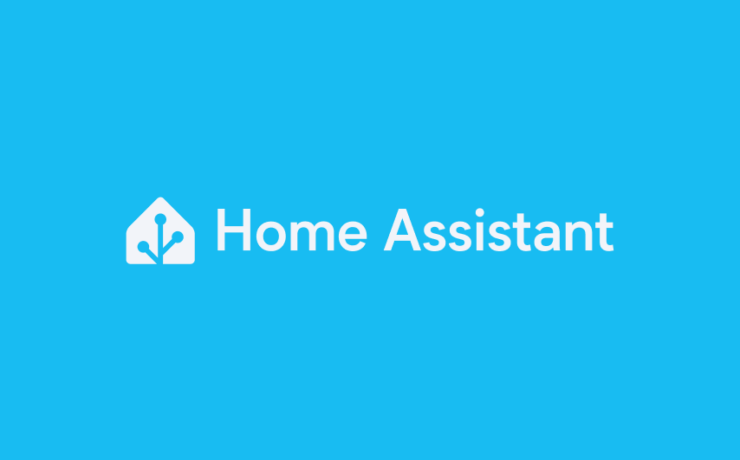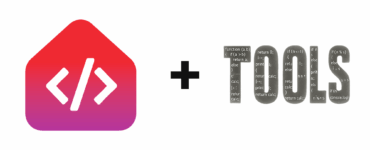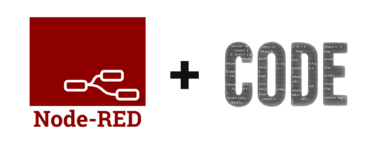Home Assistant 2025.5 is available!
The May release of Home Assistant is here, bringing a variety of improvements! The update is packed with features that will make your smart home experience easier. The team has continued working on the backup system and implemented one of the most requested features: the ability to set retention policies for backups per location.
- Improved backup system with individual retention policies for each location
- Automatic backups before updates of the Home Assistant operating system
- New voice variants for text-to-speech for cloud subscribers
- Better entity selection with more context in the user interface
- Z-Wave Long Range support for extended connections
- YAML snippets can be pasted directly into the automation UI
Backup system further optimized
After the initial revisions of the backup system in the January and February releases, the Home Assistant team has made further improvements. The most important new feature: you can now set individual retention policies for each backup location.
Individual backups per location
This feature is especially useful if you use multiple backup locations. For example, you can specify that only the last 3 backups are stored in your Google Drive, while your local NAS server keeps 25 backups. A practical solution when available storage capacities differ at various locations.
Backup before system updates
The update dialog for the Home Assistant operating system now offers the option to automatically create a backup before the upgrade. If you enable this option, a backup will be created according to your predefined settings and uploaded to all enabled backup locations before the system upgrade begins.
You can also set in the settings whether this backup before updates should be enabled or disabled by default – for both system updates and add-on updates.
Safer restart
A small but important improvement: if you want to restart Home Assistant while a backup is running, the system now automatically waits until the backup is complete. This prevents incomplete backups caused by system restarts.
New voices for text-to-speech
For Home Assistant Cloud subscribers, there is an exciting new feature: the text-to-speech system has been expanded with numerous voice variants and styles. You can now choose between different moods such as “friendly”, “angry”, “sad”, or “whisper” to tailor your announcements to the context.
Better context in the UI
The Home Assistant team is continuously working to improve the context in the user interface. In this release, the entity selection has been revised: when you select an entity for a card, automation, or script, the device name and area name are now also displayed.
This improvement makes it easier to find the right entity without having to rename it with additional information beforehand. The search function has also been completely revised and is now smarter.
Z-Wave Long Range
An exciting new feature is support for Z-Wave Long Range. This technology allows communication over much greater distances than traditional Z-Wave devices – ideal for applications like contact sensors on garden gates or mailboxes at the end of a driveway.
Setting up Z-Wave devices has also been improved: scanning Smart Start QR codes now works natively in the mobile apps, and added devices are immediately visible in Home Assistant, even if they are not yet powered on.
New integrations and improvements
The community has contributed numerous new integrations again:
AWS S3 for backups in Amazon S3 storage buckets
Imeon Inverter for monitoring home batteries and solar usage
Miele for controlling Miele household appliances
ntfy for simple HTTP-based notifications
Rehlko for monitoring Kohler generators
Existing integrations have also been improved: the OpenAI integration now supports PDFs, HomeKit Bridge supports air purifiers, and the YouTube integration allows monitoring of personal channels.
More improvements
Configurable badges in the dashboard
A small but nice new feature: badges in the header of a dashboard tab can now be configured to either wrap or scroll. Especially on mobile devices with many badges, scrolling is often more practical.
Pasting YAML directly into UI
One of the most practical new features for power users: you can now paste YAML code for automations or scripts directly into the user interface. The code is automatically converted to the UI format. This makes it easy to adopt examples from documentation or community forums without having to manually recreate everything.
Discovery tools
For network enthusiasts, there are new tools for browsing DHCP, mDNS/ZeroConf, and UPnP/SSDP discoveries. These technical helpers show you which devices Home Assistant detects in your network and help troubleshoot when devices are not recognized.
https://www.home-assistant.io/blog/2025/05/07/release-20255/














Add comment